Working from home has become a reality for many, but maintaining a productive and organized home office remains a challenge for most. Whether you’re working remotely, running a business, or managing household tasks, creating a functional and efficient home office is essential for your success. However, the process of organizing a home office can feel overwhelming, especially when faced with clutter, limited space, and the constant demands of family life. This comprehensive guide offers a step-by-step approach to decluttering, filing, and maximizing space, ensuring your home office becomes a haven for productivity and peace of mind. From arranging your desk to organizing paperwork and implementing the Marie Kondo method, this guide covers everything you need to know to create a well-ordered home office. Discover how to transform your space into a functional and inspiring environment that supports your workflow and enhances your overall well-being.
Key Takeaways
– Declutter and Organize Your Home Office: Streamline your workspace by categorizing files into financial, personal, work-related, and general keepsakes, ensuring everything has a designated place.
– Maximize Space Efficiently: Use small shelving units, desktop organizers, and filing cabinets to optimize your home office layout and enhance accessibility.
– Adopt a Filing System: Implement labeled folders, subfolders, and regular updates to keep your documents organized and easily accessible.
– Go Digital for Better Management: Scan and store important papers using tools like Adobe Acrobat and save backups to cloud services for seamless access.
– Maintain Regular Cleanups: Schedule monthly reviews to declutter, shred unnecessary documents, and keep your system updated.
– Optimize Your Workspace: Utilize wall-mounted organizers and keep frequently used items like chargers in plain sight to boost productivity.
– Involve Others and Stay Consistent: Collaborate with roommates or partners to maintain organization and consider tools like document management apps for added efficiency.
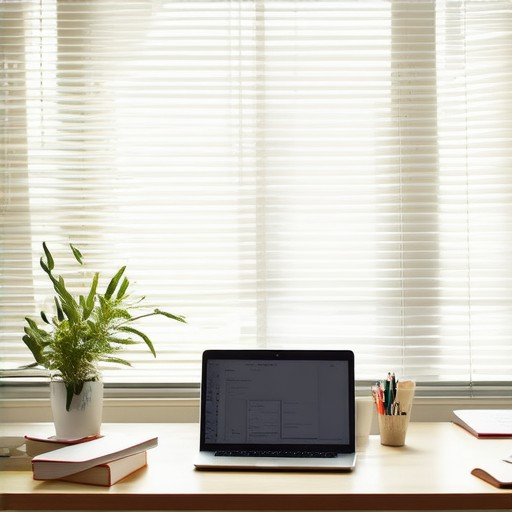
How to Arrange Your Home Office Effectively
Organizing your home office can significantly enhance productivity and comfort. Here’s a step-by-step guide to creating an efficient and inviting workspace:
- Lighting Setup
- Position your desk near natural light to boost mood and energy levels.
- Use a combination of task lighting and ambient lighting for optimal illumination.
- Layout Planning
- Keep your desk clutter-free, housing only essential items like your laptop, pen, notebook, and trash bin.
- Install a wall-mounted bookshelf for added storage and organization.
- Utilize cable management tools to keep cords tidy and prevent tripping hazards.
- Filing System
- Implement a categorized filing system with labeled folders for bills, work documents, and personal files.
- Consider a file cabinet with labeled drawers or a shelf with hanging files for easy access.
- Desk Ergonomics
- Adjust your chair to ensure your feet are flat on the ground and your back is supported.
- Set your monitor at eye level and use a document holder on the side of your desk.
- Remember to take regular breaks to avoid neck strain and maintain proper posture.
- Storage Solutions
- Add drawer organizers for smaller items like office supplies and accessories.
- Use jars or bins for items like paper clips, pens, and markers.
- Install a shelf above your desk to store books, plants, or decorative items.
- Color Scheme and Ambiance
- Choose calming colors like soft blues or greens for your walls to create a soothing environment.
- Add plants like succulents or low-maintenance greenery to enhance the space.
- Consider background music with instrumental tones to aid concentration.
- Personal Touches
- Decorate with personal items like framed photos, artwork, or motivational quotes.
- Include a small desk clock or calendar for daily organization.
- Multi-Functional Furniture
- Invest in versatile furniture like an ottoman with a built-in drawer for extra storage.
- Consider a standing desk for improved circulation and posture.
- Regular Maintenance
- Keep your desk surface clean and free of unnecessary items.
- File papers regularly to prevent clutter buildup.
- Label all containers and folders for quick identification and accessibility.
How to Declutter Your Home Office
Decluttering your home office can seem overwhelming, but with a systematic approach, it becomes manageable. Here’s a step-by-step guide to help you create a more organized and efficient workspace:
1. Assess the Space
Start by evaluating your current setup. Walk through your office and identify areas that feel cluttered or inefficient. Look for items that are out of place or no longer serving a purpose.
2. Categorize Items
Group your belongings into three categories: keep , donate , and throw away . This helps you make decisions about what stays and what goes. For example:
- Keep: Items you regularly use and need immediate access to.
- Donate: Items in good condition that could benefit others.
- Throw Away: Items that are broken, damaged, or no longer useful.
3. Declutter Step-by-Step
Begin with one small area at a time. Focusing on a single task makes the process less daunting. Start with your desk, then move to shelves, and finally tackle storage units.
4. Organize What’s Left
Once you’ve decluttered, it’s time to organize. Use drawer organizers, file folders, and labels to keep everything in its place. Consider implementing a filing system for documents and a minimalist workspace setup for frequently used items.
5. Maintain the Space
Establish a routine for cleaning and organizing your office. Regular maintenance prevents clutter from returning. Set aside time weekly to tidy up and ensure everything has its designated spot.
By following these steps, you’ll create a more functional and enjoyable home office environment. Keep it tidy and focused to boost productivity and reduce stress.
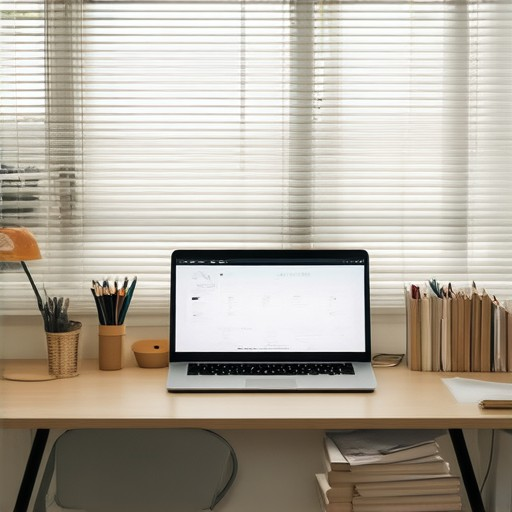
How to Position Your Desk in Your Home Office
Positioning your desk effectively in your home office can significantly enhance productivity, comfort, and overall satisfaction. Here’s a step-by-step guide to help you create an optimal workspace:
- Consider Natural Light:** Place your desk near a window to enjoy natural light, which can boost mood and alertness. Ensure the desk is positioned perpendicular to the window to minimize glare.
- Ergonomic Setup:** Adjust your desk height to match your chair for proper posture. Keep your monitor at eye level and your keyboard and mouse at elbow height to prevent neck and wrist strain.
- Optimal Airflow:** Position your desk away from vents or fans to avoid drafts, but ensure it’s not in a dead zone where dust or particles may accumulate.
- Minimize Noise:** Choose a location away from busy areas. Use rugs or furniture to absorb sound reflections and consider soundproofing if necessary.
- Avoid Reflections:** Steer clear of windows with reflective surfaces unless you use an anti-glare screen to reduce screen glare.
- Feng Shui Considerations:** Align your desk with walls or doors to maintain a harmonious energy flow in your space.
- Personal Comfort:** Tailor your desk placement to suit your workflow preferences. Work in a quiet corner or near plants for a calming atmosphere.
- Cable Management:** Keep cords organized using desk organizers or run them beneath the carpet for a clean look.
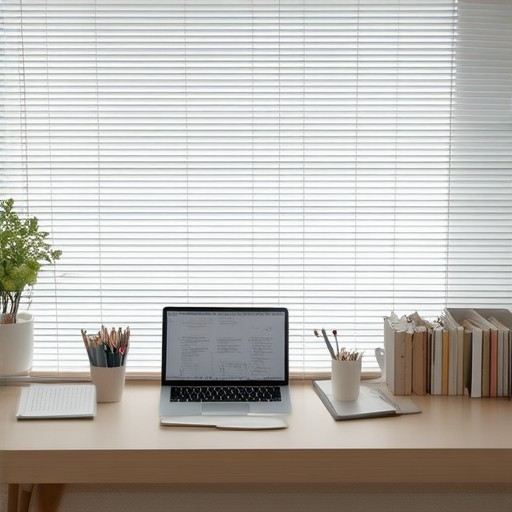
How to Organize Your Home Office Paperwork
Organizing your home office paperwork can seem daunting, but with a systematic approach, it becomes manageable. Here’s a step-by-step guide to help you create a tidy and efficient workspace:
- Categorize Your Files: – Financial Records: Keep bills, bank statements, tax documents, and receipts. These should be stored in a dedicated folder or binder. – Personal Documents: Include personal notes, cards, and family photos. Consider using a separate box or drawer for these items. – Work-Related Documents: Store project files, contracts, and notes in labeled folders. Use a filing cabinet or shelf for easy access. – General Keepsakes: Items like souvenirs or memorabilia can be stored in a designated box or shelf.
- Choose the Right Storage Solutions: – Invest in a small shelving unit to maximize vertical space. – Use a desktop organizer for daily items like pens and notebooks. – Utilize filing cabinets for bulkier files.
- Implement a Filing System: – Label folders clearly, such as “Financial” or “Work Projects.” – Create subfolders within larger categories for more specificity, like “Bills” under “Financial.” – Regularly update and discard outdated files to keep your system current.
- Go Digital Where Possible: – Scan important documents and store them digitally using software like Adobe Acrobat . – Save scans to a cloud service for easy access from any device.
- Schedule Regular Cleanups: – Set aside time monthly to review and organize files. – Shred unnecessary documents to free up space and protect personal information.
- Optimize Your Workspace: – Use wall-mounted organizers or shelves to save floor space. – Keep frequently used items, like chargers, in visible spots. – Maintain a clean desk surface using drawer organizers for small items.
- Involve Others: – If you share the space, discuss with roommates or partners to ensure everyone contributes to the organization effort.
- Consider Tools and Apps: – Explore document management apps like Notion for a digital solution.
What is the Marie Kondo Method for Papers?
The Marie Kondo method for organizing papers involves a systematic approach to help you efficiently manage and declutter your documents. Here’s a step-by-step guide:
- Gather All Papers – Start by collecting all papers, letters, and documents from every corner of your home or office.
- Sort and Categorize – Sort the papers into two main categories:
- Papers to Keep – These include documents you regularly use, such as bills, receipts, important correspondence, and personal keepsakes.
- Papers to Deal With – These are items you no longer need, such as old bills, canceled checks, or unused stationery.
- Subcategory the Papers to Keep – Within the “Papers to Keep” pile, further divide them into two subcategories:
- Frequently Used Papers – Items you access often, like tax documents or daily planners.
- Infrequently Used Papers – Documents you don’t need immediately, such as insurance policies or lease agreements.
- Discard Unnecessary Papers – Once you’ve reviewed all papers, confidently toss or donate those you no longer need.
- Store Properly – Keep frequently used papers in a file cabinet or binder. Store infrequently used papers in a safe location, such as a storage box or archive.
By following these steps, the Marie Kondo method helps you create a calm and organized environment while ensuring essential documents are easily accessible. Remember to review your papers periodically to maintain order and declutter as needed.
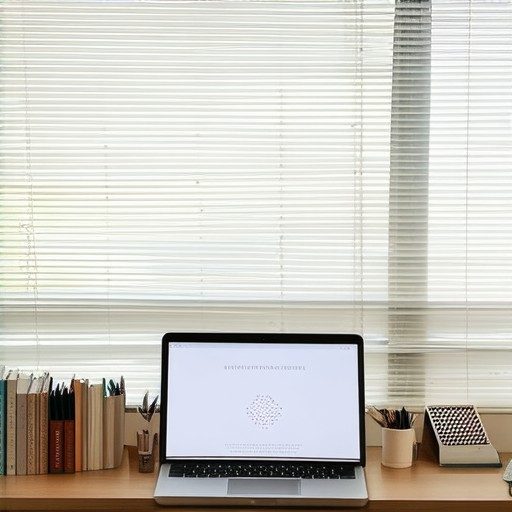
How to Organize Your Home Filing System
Here’s a step-by-step guide to creating an efficient home filing system:
- Assess Your Needs: Start by evaluating what documents and files you regularly access. Identify common categories like financial records, personal files, and important correspondence.
- Choose a System: Decide between a free-standing file cabinet, desktop organizers, or digital storage solutions based on your space and preferences.
- Label Everything Clearly: Use consistent labeling techniques. Consider color-coding or alphabetical sorting to make it easier to locate files quickly.
- Prioritize Files: Keep frequently accessed documents in the most accessible spots. Store less commonly needed items in deeper drawers or less visible places.
- Back Up Your Files: Regularly copy important files to an external drive or cloud storage to prevent data loss.
- Maintain Regularly: Schedule time to review and organize files every few months to keep the system functioning smoothly.
- Create a Digital Backup: Scan and save critical documents digitally for added security and easy access.
By following these steps, you can create a personalized and efficient home filing system tailored to your lifestyle.

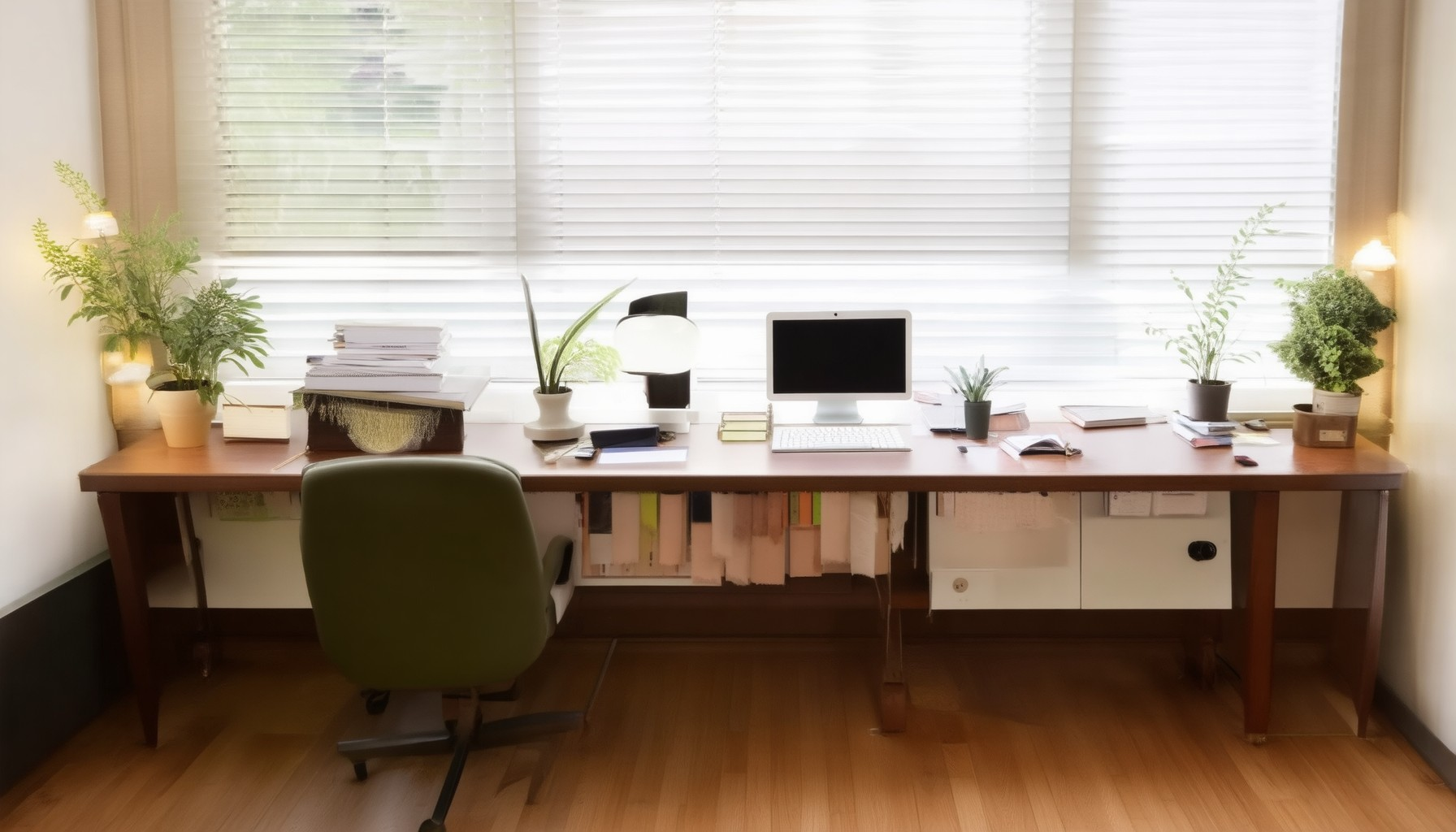



0 Comments